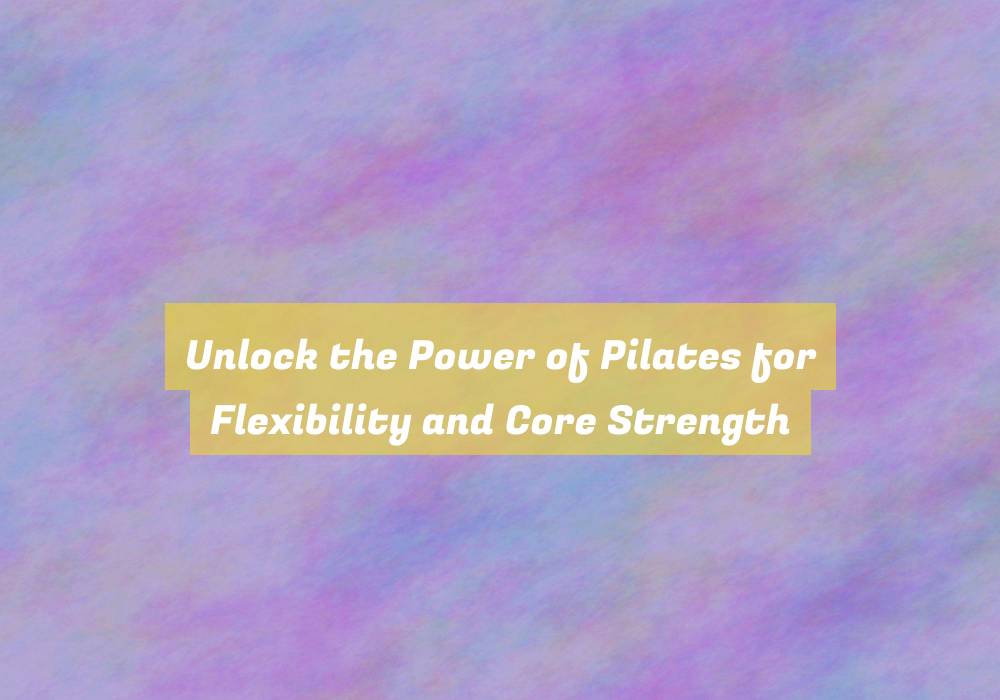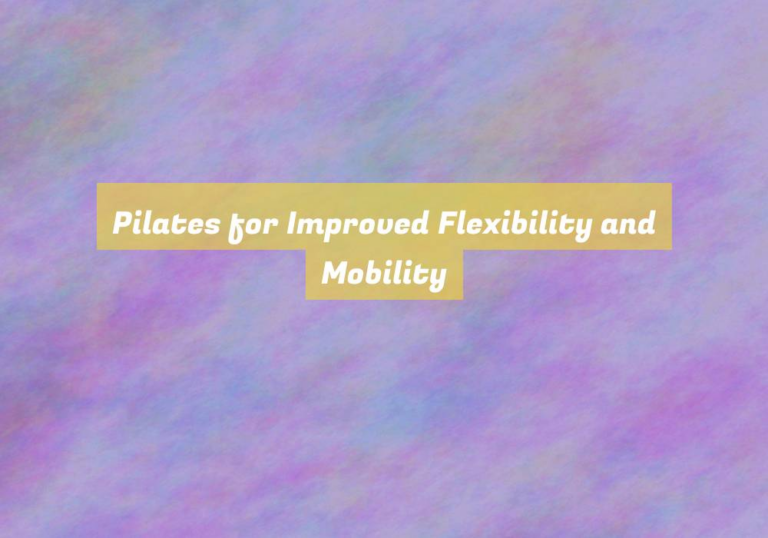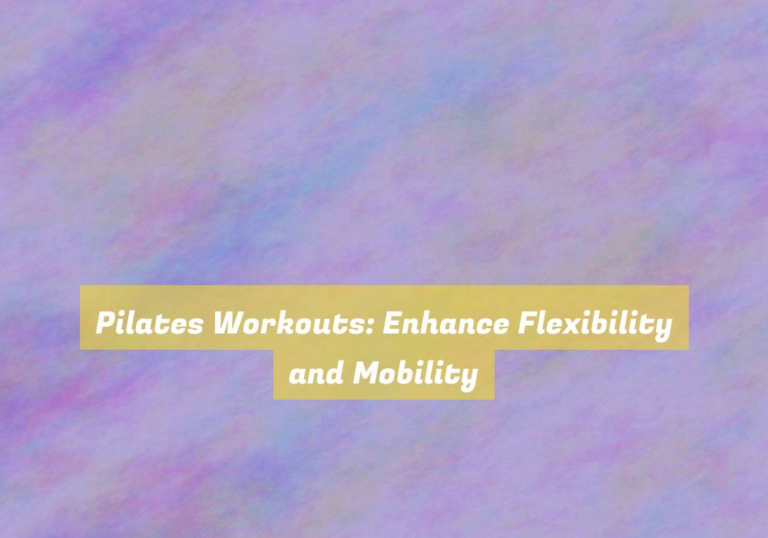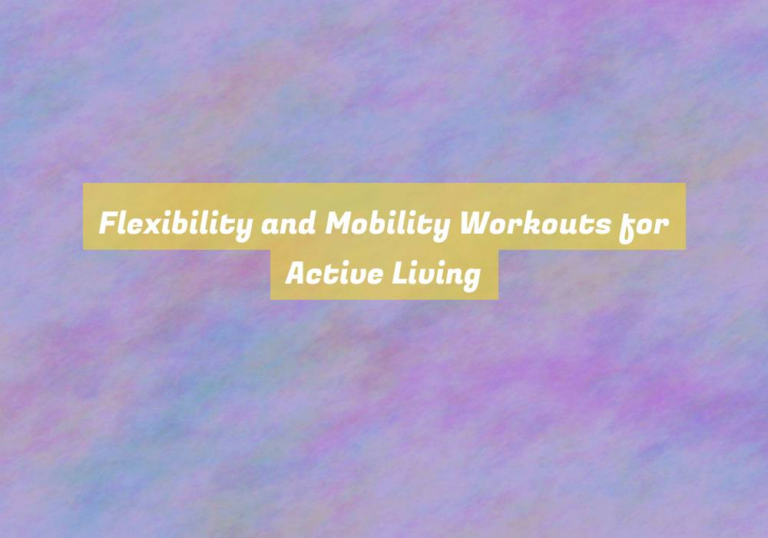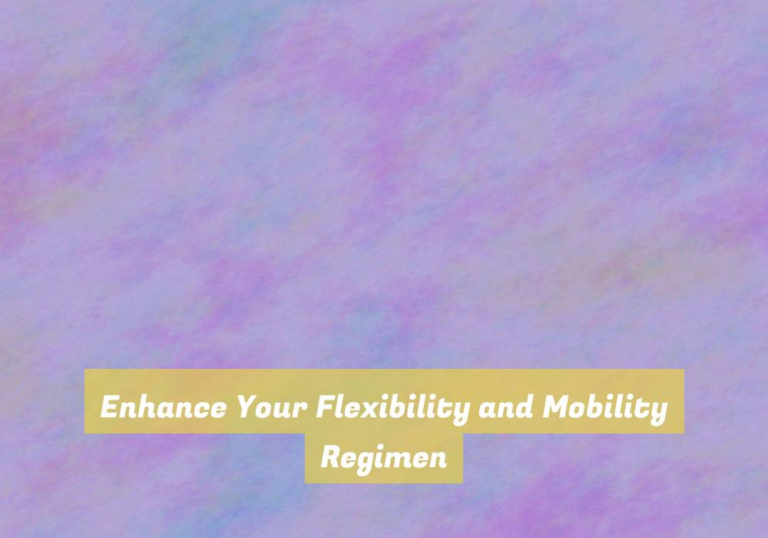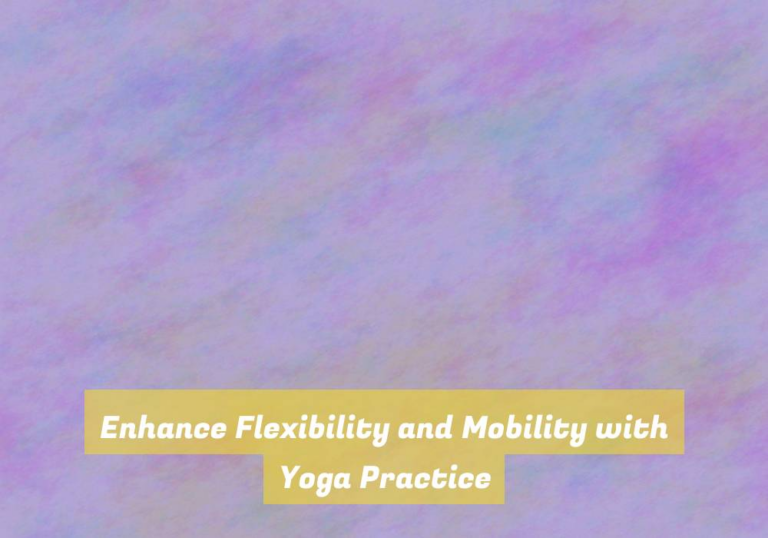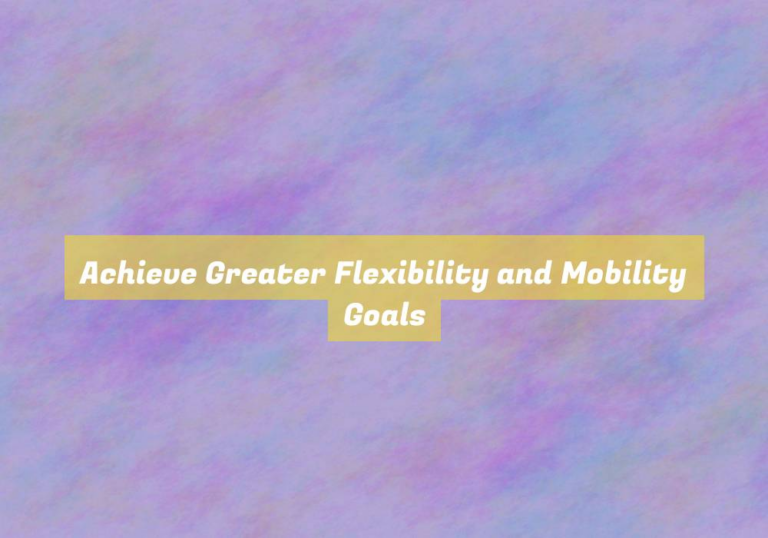Unlock the Power of Pilates for Flexibility and Core Strength
Discover the potential of Pilates to enhance your bodyG??s flexibility and strengthen your core.
You may have heard of Pilates as a gentle form of exercise, but its impact on your physical well-being goes far beyond its tranquil appearance.
As you explore the benefits of Pilates, youG??ll uncover how it can transform the way your body moves and functions. Its subtle yet powerful techniques can make a significant difference in your overall strength and flexibility, leading to a more balanced and agile you.
The Fundamentals of Pilates
To master the fundamentals of Pilates, focus on engaging your core muscles while maintaining proper alignment and breathing rhythm.
Your core, comprising the muscles in your abdomen, lower back, and pelvis, acts as the powerhouse of Pilates. When you engage these muscles, you stabilize your torso, enabling fluid and controlled movements.
At the same time, itG??s crucial to pay attention to your alignment. Keep your spine in a neutral position, ensuring that your head, neck, and spine are aligned properly. This alignment not only prevents strain but also allows for the smooth flow of energy throughout your body.
Additionally, focus on your breathing. In Pilates, breathing is deep and coordinated with movements to enhance circulation, oxygenate the blood, and engage the deep core muscles. As you practice, consciously inhale through your nose to expand your ribcage and exhale through your mouth to engage your deep abdominals.
Pilates Moves for Flexibility
Improve your flexibility and enhance your Pilates practice with targeted moves that engage and lengthen your muscles.
The Hundred is a classic Pilates exercise that involves pumping your arms while keeping your legs at a 45-degree angle, which helps to warm up your entire body and increase flexibility.
Another effective move is the Saw, where you sit with your legs wide apart and rotate your torso to reach towards your opposite foot, providing a deep stretch for your hamstrings and back.
The Spine Stretch Forward is great for lengthening the spine and improving flexibility in the back and hamstrings.
To target your hip flexors and quadriceps, incorporate the Swan Dive into your routine by lifting your chest and legs off the mat while keeping your arms by your side.
Lastly, the Single Leg Circles are perfect for opening up the hips and improving flexibility in the legs.
Building Core Strength With Pilates
Enhance your overall strength and stability with Pilates by incorporating targeted exercises to build and tone your core muscles.
Pilates focuses on strengthening the deep muscles of the abdomen, pelvis, and back, which are essential for providing stability and support for the entire body. The core muscles play a crucial role in maintaining proper posture, preventing injuries, and improving overall athletic performance.
Pilates offers a wide range of exercises specifically designed to engage and strengthen the core. Moves such as the Hundred, Roll-Up, and Double Leg Stretch target the abdominal muscles, while exercises like the Plank and Swimming engage the muscles of the back and pelvis. These exercises not only build strength but also improve flexibility and coordination, creating a balanced and stable core.
Regular Pilates practice can lead to greater core strength, which can positively impact your daily activities and sports performance. A strong core can improve your balance, help alleviate back pain, and enhance your overall body control.
Integrating Pilates Into Your Routine
Considering your current fitness routine, integrating Pilates can add a dynamic element to your workouts, enhancing your overall strength and flexibility. Pilates can be seamlessly incorporated into your existing exercise regimen, complementing activities such as weight training, cardio, or yoga.
You can start by allocating just 2-3 days a week for Pilates sessions, gradually increasing the frequency as you become more comfortable with the exercises. Pilates can serve as an effective warm-up or cool-down for your other workouts, helping to prevent injuries and improve your overall performance.
To integrate Pilates into your routine, consider taking a Pilates class at your local gym or studio. Alternatively, you can explore online resources and tutorials to practice Pilates at home. Mixing Pilates with your regular workouts wonG??t only diversify your training but also target different muscle groups, promoting balanced strength development.
Moreover, the focus on breathing and mind-body connection in Pilates can enhance your mental focus and relaxation, complementing the physical benefits of your other exercises. By adding Pilates to your routine, you can achieve a well-rounded fitness regimen that promotes strength, flexibility, and overall well-being.
Conclusion
So, now that you understand the fundamentals of Pilates and how it can improve flexibility and core strength, itG??s time to integrate it into your routine.
With simple moves and a focus on breathing and alignment, Pilates can help you achieve your fitness goals. Whether youG??re a beginner or a seasoned athlete, unlocking the power of Pilates will benefit your overall health and well-being.
So, roll out your mat and start incorporating Pilates into your daily routine for a stronger, more flexible body.

